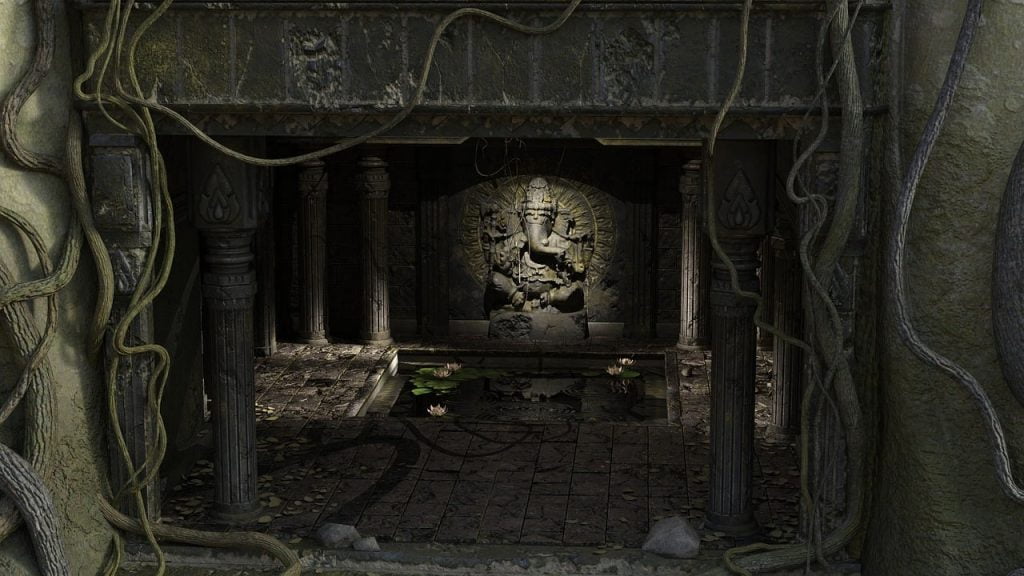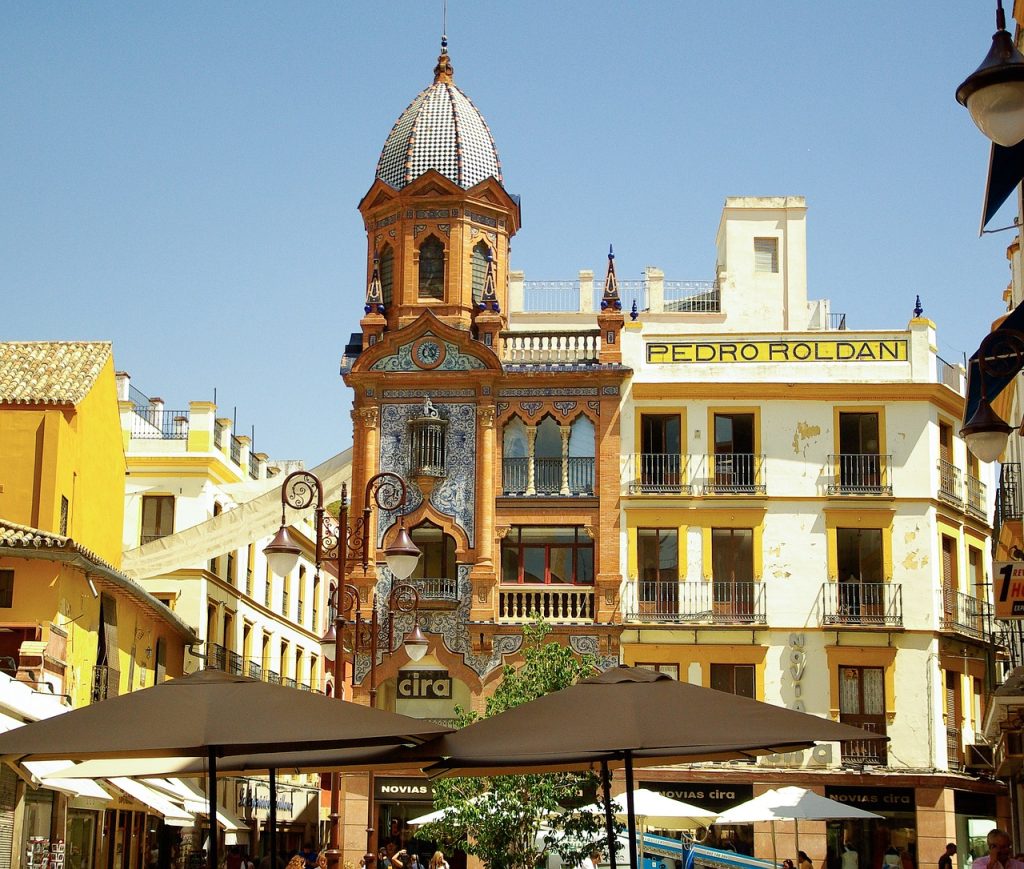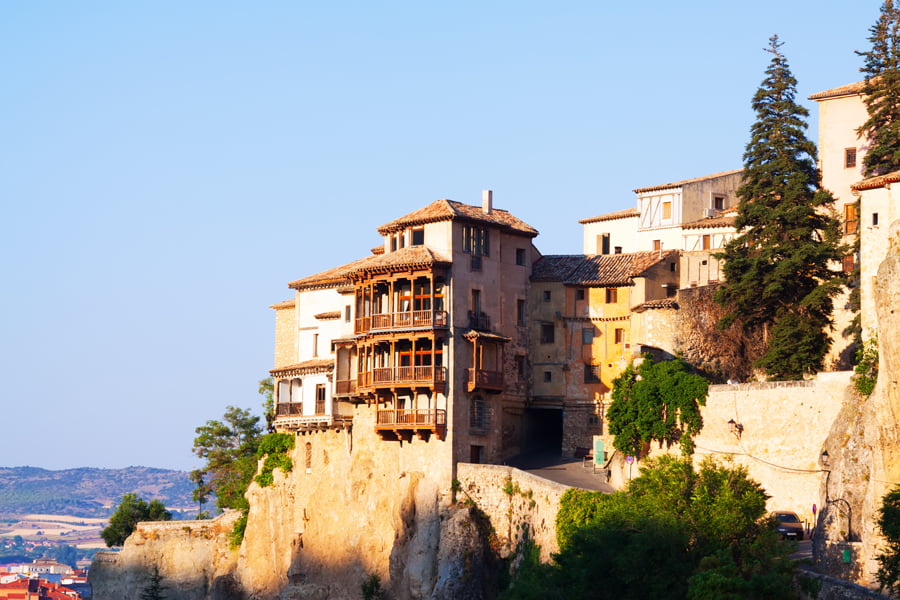Discover Cambodia at your leisure with this comprehensive travel guide and essential tips. From transport and visa information to top destinations and recommended itineraries, this article has everything you need to plan your perfect trip to Cambodia. Get ready to explore this beautiful country and discover its rich culture and history.
Getting to and around Cambodia
When it comes to travelling to Cambodia, there are several convenient ways to access this captivating country. Although there are no direct flights from Spain to Cambodia, the most common route is to fly to the capital, Phnom Penh, or Siem Reap. The international airports in these cities are well connected to major airports around the world. Another popular option is to travel overland from neighbouring countries such as Thailand, Laos or Vietnam. Overland travel offers the opportunity to experience the diverse landscapes and cultures of the region. Once in Cambodia, travel between cities and regions is easily possible via domestic flights, buses and private drivers.
In the interior of the country, buses, tuk-tuks and taxis are the most common means of transport. Many travellers also opt to rent bicycles or motorbikes, especially in rural or remote areas. In cities such as Phnom Penh and Siem Reap, tuk-tuks are a popular and affordable way to get around the cityscape. In addition, ride-hailing apps and chauffeur-driven transport services are available in major cities, offering an additional level of convenience for getting around. It is important to note that road conditions in some areas of the country can vary, so travellers should plan their routes carefully and take into account the time of year when certain areas may be affected by weather conditions.
When travelling between the mainland and the picturesque islands, ferries and boats are the main means of transport. The stunning island of Koh Rong, for example, is accessible by boat from Sihanoukville. Meanwhile, the serene island of Koh Rong Samloem can be reached by local ferry services. Exploring the scenic waterways and reaching the charming floating villages around Tonle Sap Lake can also be one of the highlights of transport in Cambodia. Overall, while the means of transport may differ from what travellers are used to, getting around Cambodia is an integral part of the adventure, offering unique insights and experiences along the way.
Visa and documentation requirements
Travellers planning to visit Cambodia should be aware of visa and documentation requirements to ensure a smooth and hassle-free entry. For many nationalities, a tourist visa is required and can be obtained on arrival at the airport or at land border crossings. A visa on arrival usually requires a passport valid for at least six months, a passport-size photograph and the visa fee, which is usually payable in US dollars. It is essential that you check the specific visa requirements for your nationality before travelling to Cambodia to avoid last-minute complications.
In addition to the visa, it is essential to have the necessary documentation. This includes a valid passport, and it is also recommended that you carry a hard or digital copy of your accommodation bookings, travel insurance details and any pre-arranged trips or activities. Those planning to drive or ride a motorbike in Cambodia need an international driving licence and valid vehicle insurance. Being well prepared with the proper documentation not only satisfies entry requirements, but also contributes to a safe and organised travel experience.
When to visit Cambodia
Choosing the right time to visit Cambodia plays an important role in the quality of the travel experience. The period between November and April is generally considered the best time to explore the country, as it is characterised by dry and pleasant weather. This is particularly favourable for visiting the iconic temples of Angkor Wat and for outdoor activities. Travellers are advised to be mindful of the peak tourist season, especially in December and January, when the most popular sites can be at their busiest.
By contrast, the months between May and October constitute the green season, with the landscape adorned with lush vegetation due to regular rainfall. Although the weather during this period can be unpredictable, it offers its own charm, including the opportunity to witness the countryside in full bloom. It is worth noting that visiting Cambodia during the in-between seasons, such as May and September, provides a balance between manageable tourist numbers and favourable weather conditions, making it an attractive alternative for those seeking a more relaxed and intimate experience.
Recommended itineraries
Embarking on a well-planned itinerary is essential to making the most of a trip to Cambodia. The country's rich variety of attractions, from ancient temples to pristine beaches and vibrant cities, offers a wide range of routes to explore. A popular itinerary usually includes the impressive temple complex of Angkor Wat in Siem Reap, followed by a visit to the capital, Phnom Penh, where historical landmarks and cultural insights await. From there, venturing to the coastal towns of Sihanoukville, Kep or Kampot introduces travellers to the laid-back charm and beautiful beaches of southern Cambodia.
For those who love nature and experiences away from the usual tourist destinations, exploring the countryside, visiting rural villages and encountering the diverse wildlife in national parks such as Bokor and Kirirom can be part of the itinerary. The possibility of including lesser-known destinations such as Battambang, with its colonial architecture and bamboo train, further enriches the travel experience. In addition, the attraction of the northeastern regions, including Banlung and Mondulkiri, with their waterfalls, picturesque landscapes and indigenous culture, offers an alternative perspective on Cambodia's natural beauty and cultural heritage.
Angkor Wat and must-see sites
Without a doubt, a visit to the world-renowned Angkor Wat temple complex is the cornerstone of any travel experience in Cambodia. Its fascinating temples, intricate carvings and historical significance make it a place of immense cultural and archaeological value. While Angkor Wat is the highlight, the surrounding temples, such as Ta Prohm and Bayon, also captivate visitors with their unique features and mystical atmosphere. Exploring these ancient wonders, often adorned by the play of light and nature, invites awe and appreciation for Cambodia's splendid heritage.
Beyond the temples, Cambodia is dotted with other must-see sites that reveal its many facets. The poignant historical sites of the Killing Fields and the Tuol Sleng Genocide Museum in Phnom Penh offer a deep insight into the country's tragic past, while rural landscapes and floating villages present a tranquil and idyllic setting for cultural immersion. Coastal areas, such as serene Koh Rong and charming Kampot and Kep, present travellers with the serene beauty of Cambodia's beaches and laid-back coastal lifestyle. Whether delving into history, marvelling at architectural wonders or relaxing on pristine coastlines, Cambodia's range of must-see places caters to a wide spectrum of travellers' interests and preferences.
Inland transport
Travelling within Cambodia involves a diverse range of transport options to suit different preferences and destinations. For inter-city travel, buses are a popular choice, offering a combination of affordable fares and extensive route networks connecting major cities and provinces. Those looking for a more convenient and time-saving means of transport can opt for domestic flights, which link key locations across the country. In addition, private drivers and taxis offer a personalised and direct means of transport, ideal for tailor-made excursions and seamless transfers between regions.
When exploring urban areas or travelling shorter distances, tuk-tuks, motorbike taxis and bicycle rentals present convenient and flexible options. Tuk-tuks, in particular, are a ubiquitous sight in cities and towns, offering an open-air, leisurely means of transport. Adopting the local way of getting around adds an authentic dimension to the travel experience, allowing you to interact with friendly locals and get a closer look at everyday Cambodian life. Whether travelling through bustling cities or winding through picturesque rural areas, the inland transport network facilitates smooth and captivating travel experiences throughout the country.
Recommended daily budget
Setting a reasonable daily budget is a key aspect of planning a trip to Cambodia. Known for its affordability, the country offers a wide range of options to suit different budget preferences. As a general rule, a daily budget of around US$30-50 can cover essential expenses such as accommodation, meals, local transport and visits to attractions. This margin allows for a comfortable standard of living, including mid-range accommodation, eating at local restaurants and participating in a variety of activities and excursions.
For those seeking a more luxurious travel experience, a daily budget of US$50-100 or more will allow access to luxury accommodation, fine dining and exclusive excursions. On the other hand, travellers on a tight budget can get by on a daily spend of around US$20-30, opting for budget accommodation, street food and prioritising free or low-cost attractions. Keep in mind that prices can vary from region to region, with larger cities and tourist sites often reflecting higher costs compared to rural areas. By assessing your spending habits and travel preferences, you can tailor your daily budget to the desired level of comfort and experiences you wish to participate in during your stay in Cambodia.
Currency and exchange
Understanding the currency and exchange procedures is essential for a smooth and efficient financial experience while travelling in Cambodia. The official currency of Cambodia is the Cambodian Riel, although the US Dollar is widely accepted and used in conjunction with the Riel. When exchanging currency, it is recommended to use authorised exchange services, which are readily available at airports, banks and licensed bureaux de change. It is important to be aware of official exchange rates and associated fees to ensure fair and transparent transactions.
ATMs are also accessible in major cities and tourist areas, providing a convenient way to withdraw local currency. Travellers are advised to inform their banks of their travel plans to avoid potential problems with card use. Carrying a mix of US dollars and riel is practical, especially for transactions in rural areas or local markets. Maintaining a safe and discreet approach to handling money, such as using a money belt or divided pockets, further enhances security and organisation of financial affairs while travelling. By familiarising yourself with the currency, exchange options and typical costs of goods and services, you can manage the financial aspects of your trip with confidence and ease.
Health and safety
Prioritising health and safety considerations is paramount when visiting Cambodia. As with any travel destination, it is important to stay informed about the current situation and any specific health or safety warnings. Before departure, travellers should consult with a health professional or travel medicine specialist for guidance on recommended vaccinations and health precautions. Common vaccinations for travellers to Cambodia may include those for hepatitis A and B, typhoid and tetanus, among others.
In addition, being aware of the latest travel advisories and local regulations increases your knowledge and preparedness throughout your trip. Cambodia, like many tropical countries, is susceptible to mosquito-borne diseases, so it is vital to use insect repellent and take appropriate protective measures. In addition, practising safe food and water hygiene, staying hydrated and visiting trusted health facilities in case of medical problems all contribute to a safe and health-conscious travel experience. Adhering to basic safety practices, obtaining travel insurance and maintaining vigilance, especially in crowded or unfamiliar areas, further promotes a sense of well-being and security while exploring all that Cambodia has to offer.
Where to stay and eat
When it comes to accommodation in Cambodia, travellers have a wide range of options available to suit different preferences and budgets. In urban centres such as Phnom Penh, Siem Reap and Sihanoukville, a wide selection of hotels, guesthouses and boutique accommodation is available for the comfort and convenience of visitors. In addition, the growing popularity of eco-lodges and sustainable resorts offers a unique and environmentally friendly approach to hospitality in Cambodia's natural surroundings.
For a more immersive experience, especially in rural or cultural heritage areas, homestays and community-based accommodation allow travellers to connect with local communities and learn about traditional ways of life. This not only fosters cultural exchange, but also provides direct support for livelihoods.



